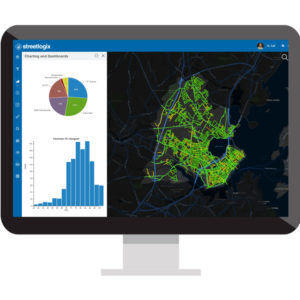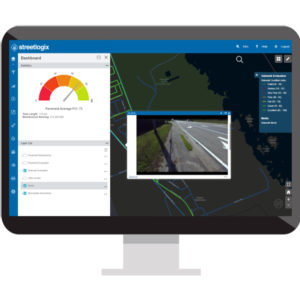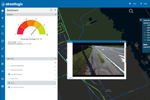Tim Papandreou is the founder of a global advisory firm preparing governments and other agencies to make the transition to shared, electric, connected, and automated mobility. He formerly headed the strategic planning for San Francisco’s transportation agency and has a message to all transportation agencies: this is your time to shine.
Here is an excerpt from his article featured in Forbes:
Reboot transportation 2.0
We can use this time to step back, listen and learn from our communities and companies to determine how we can utilize more inclusive and supportive policies and technologies and not go back to the mess we had before this pause. This is the time to reset and reboot our transportation system and look at from the lens of people, culture and our new reality. That means design, experiment and use cheap and quick tactical materials to close the gaps for the bicycle, transit and carpool lane networks, and try out the shared mobility pick up and drop off zones, delivery and loading zones. It means update the outdated procurement and other processes, digitize curbs and bring other manual systems online to manage assets better. Have the meetings with the public and private operators to figure out that are the right partnerships moving forward to create that seamless experience. Use this breathing space to attend to the needed repairs, fill in the potholes and scope out the utility work, and basically anything that you know was hard to do before because there were just too many cars or any other reason that made it tough. It is also the time to think about how we create worksites for the implementation teams that are not only zero accidents, but zero infections too.
Post crisis when we start to recover people will slowly come back. If you have these new networks and spaces in-place people will utilize them and new travel behaviors will stick. ETA (my company) surveyed over 120 cities on six continents whose staff provided great transportation insights on their emerging mobility issues and needs. They all stated they were going to try to pursue several of these kinds of measures in some way and noted the difficulties of disrupting the status quo. This was before this pandemic hit so it will be interesting to see how many use this opportunity to try things out now (report coming out soon).
With the growing rate of system shocks from droughts, fires, floods and pandemics, things are going to be more disruptive from here on (our new normal). This is a rare opportunity of time for governments and companies to put in the necessary planning work to be better able to manage temporary shocks and sustain prolonged interruptions. Some of them have reached out for advice on how to manage the next 90 days and the year ahead and there is no one-size-fits-all approach but there are some hard decisions, revised assumptions and strategic steps that they all need to take to ensure they can come out of this better than before.
We have an opportunity on a global level to undo the wrongs of past transportation policies and practices and course-correct as we face other looming issues that will further impact transportation systems down the line. It may be the only time you get in your career to experiment and this widely and freely without the usual blockers. We can only hope that more of those in a position to lead will heed the call to action and seize this opportunity.

PWD teams have come to us at Streetlogix saying “Yes I agree, we completely need to digitize our processes … but we don’t know where to start, how long that’s going to take, and how to get the funding for an expensive software when our budget’s already overextended.”
Here’s the short story (net/net): it’s not expensive! With the right software partner, you can get world-class tools for a fraction of your annual budget. A Street/Transportation asset management software not only provides a complete offering of a fully integrated GIS-based citizen request Work Order solution; but also the mobility for your field team to capture repairs, update asset condition scores, labor and project work. But it also justifies and tracks spending of your current budget for both management and city council. Thus providing details and visual proof in real-time of your department’s results and needed additional funding. Translation = the proper analytic and asset management tools help qualify and justify the department’s need for greater funding in the future.
An organization’s commitment to an implementation is merely a few weeks, as opposed to 6 to 12 months with other vendors whose software architecture is complex and cobbled together. This will minimize department disruption (time, training and resources needed to commit) with an immediate impact to your team with 30 minutes of training in order for your team to be fluent users. These solutions are designed to be intuitive with simple ease of use navigation, they can be used without a GIS team (that means you can do more without increasing the size of your team if labor is constrained). They provide endless “what-if” scenario building opportunities to maximize your budget and see what the predicted results of condition improvements are.
Contact Streetlogix today to have a chat about your department’s project workflows and work order management.









